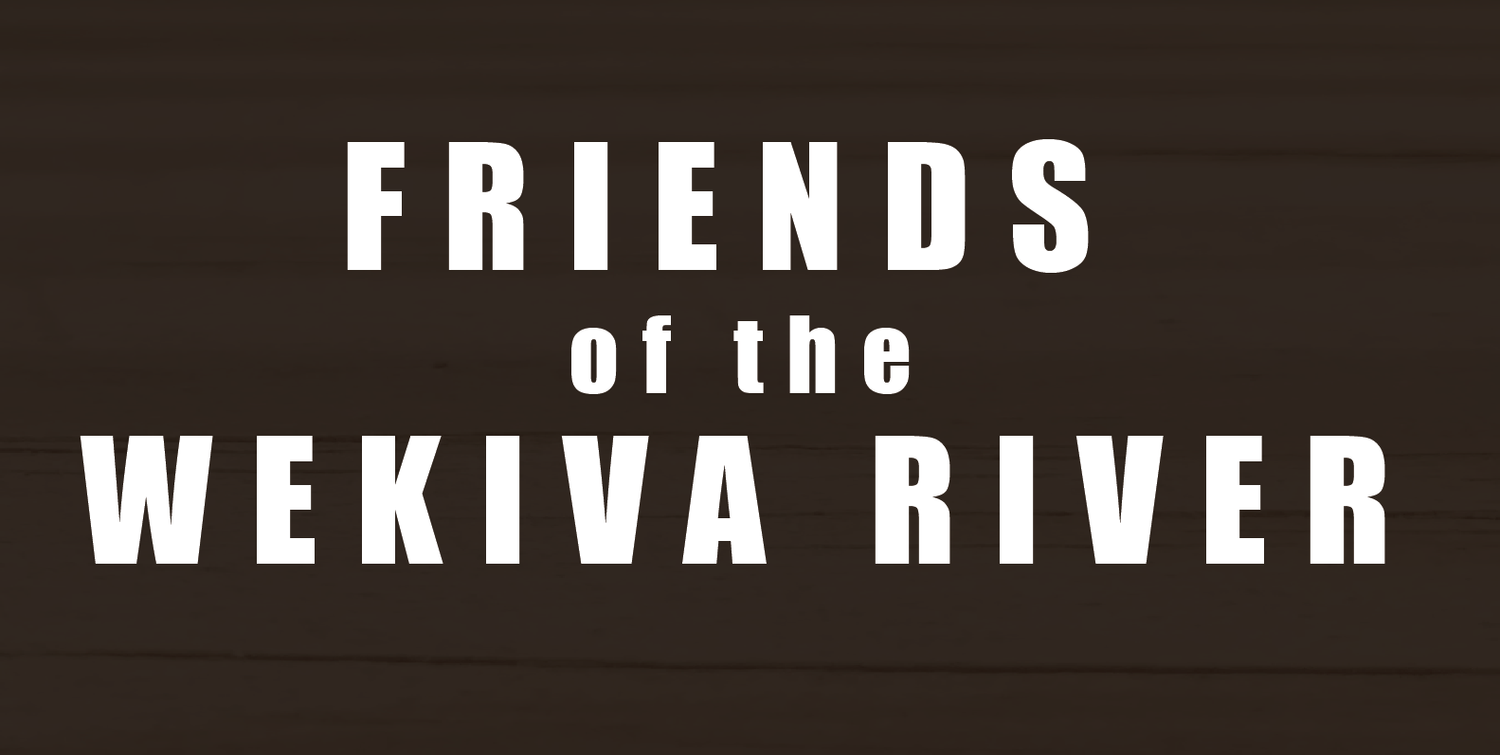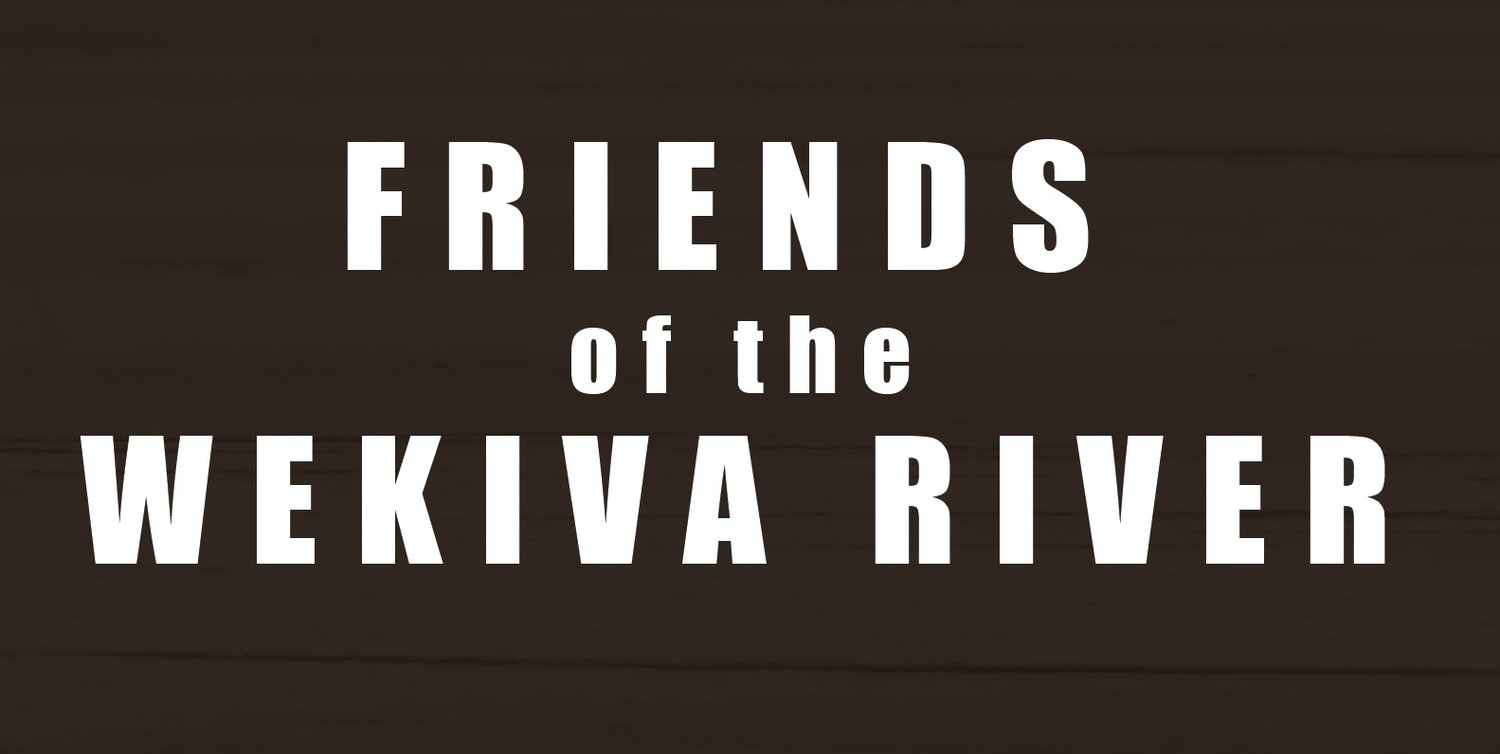The Wekiva River Needs its Water — Managers to Set Minimum Flow and Level
How much water does the Wekiva River need to remain healthy? Water managers are trying to figure that out.
Minimum flows and levels, known as MFLs, establish the amount of water necessary to prevent significant harm to water resources or ecosystems. The levels, which are required by Florida law, are supposed to help guide and limit water withdrawals for human use in an area around a water body. If a water body’s flows and levels dip below the minimum, it can suffer low oxygen levels and poor water quality, which can harm fish and other animals.
The St. Johns River Water Management District (SJRWMD) is working to revise the current MFLs for Wekiwa Springs, Rock Springs and the Wekiva River at State Road 46. For the first time, the district also will establish an MFL for the Little Wekiva River. District officials, who previously held two public meetings in 2018 to review the method for setting the flows and levels, will host public workshops later this year to review the proposed MFLs. Friends of the Wekiva River will stay on top of these developments and keep you posted.
MFLs define how often and for how long the high, intermediate and low water flows and/or levels can occur without causing significant harm to the ecosystem. Two to five MFLs are typically chosen for each water body. The MFLs are defined as the minimum infrequent high, minimum frequent high, minimum average, minimum frequent low, and minimum infrequent low flow or level. Because flows and levels of rivers, lakes, and springs are dynamic and vary naturally, the District seeks to capture and protect high, low, and average conditions by setting multiple MFLs for each priority* water body. The SJRWMD uses the most constraining MFL for determining the amount of water that can be withdrawn safely.
If the SJRWMD determines that a water body is projected not to meet its adopted MFL, a Prevention and Recovery Plan will be developed that includes strategies for water withdrawals to be maintained at or below sustainable limits through conservation and regulatory measures. Impacts from water withdrawals can also be mitigated through water supply development projects — such as reclaimed water, aquifer recharge and alternative water supply sources.
Since the program began in 1990, MFLs have been established for 101 lakes, six rivers, seven wetlands and 10 springs within the 18-county area managed by the SJRWMD. The current MFLs for the Wekiva Basin, which were adopted into the Florida Administrative Code Chapter 40C-8.031. More
information about the SJRWMD’s MFL program is available at: https://www.sjrwmd.com/minimumflowsandlevels/wekiva-basin/
*What’s a Priority Water Body?
Water Bodies are included on the SJRWMD Priority List if they are considered waters of importance to the state or region. The list also includes waters that are experiencing or are reasonably expected to experience adverse impacts. Development of MFLs for water bodies on the Priority List take precedence over water bodies not listed.

